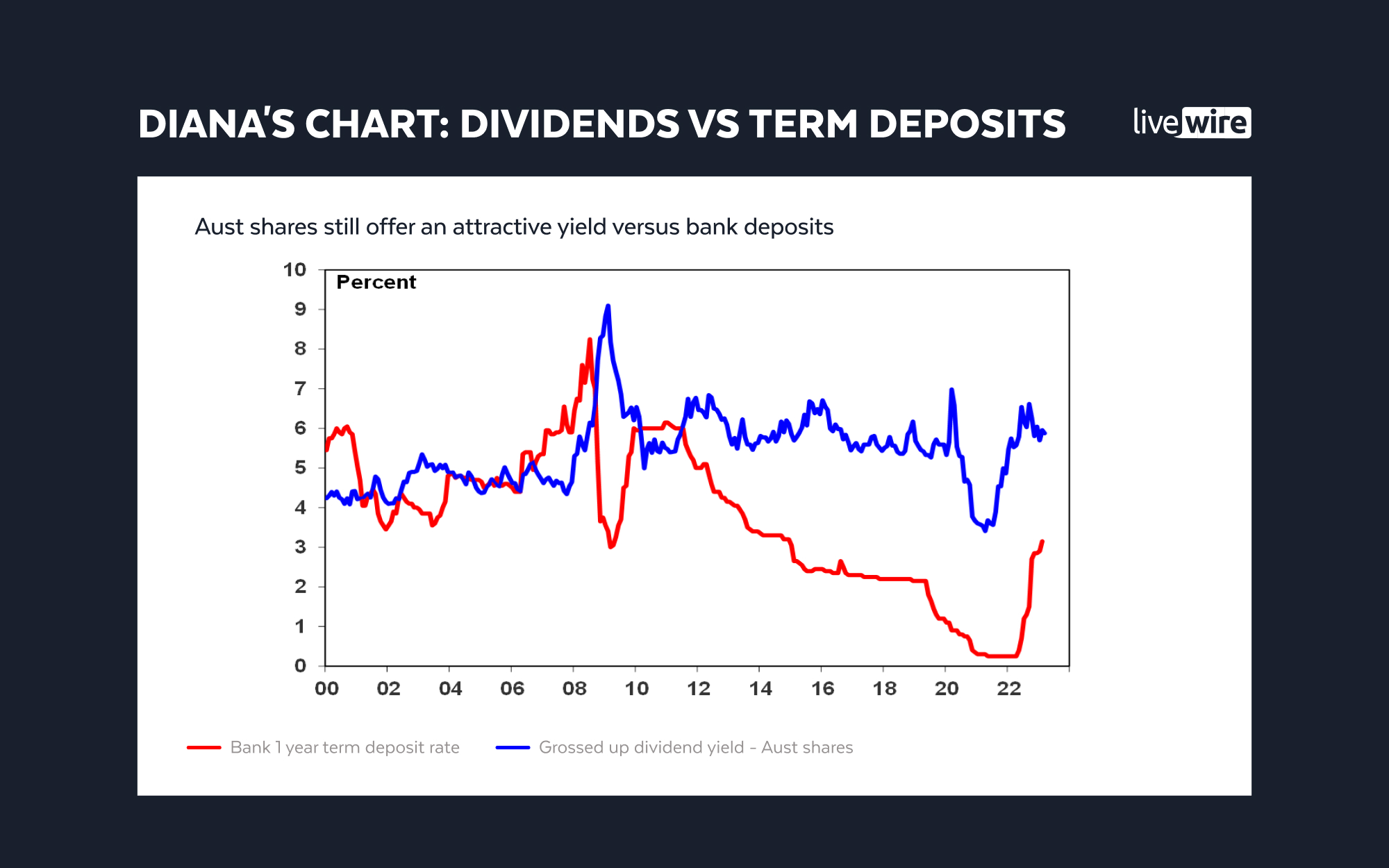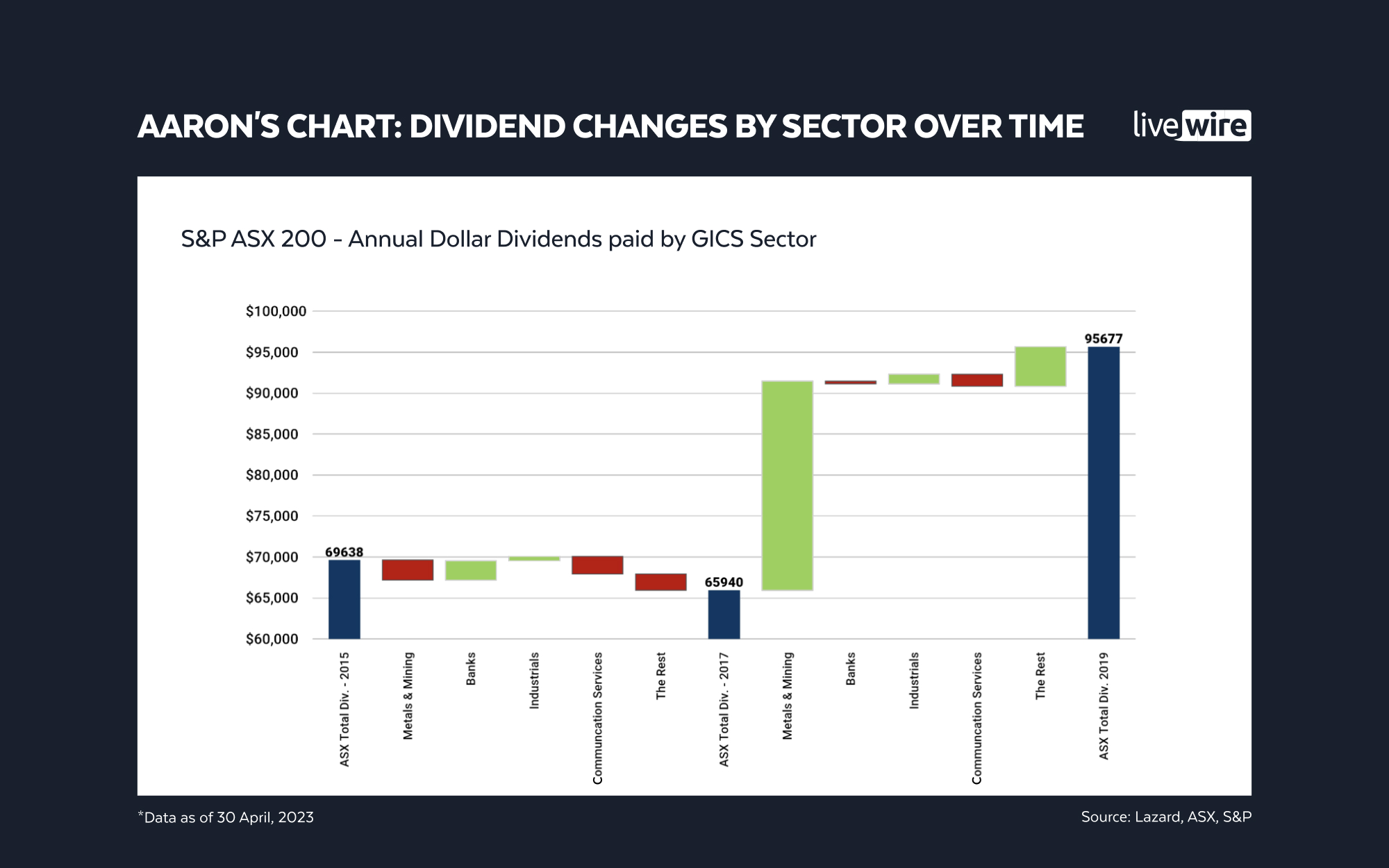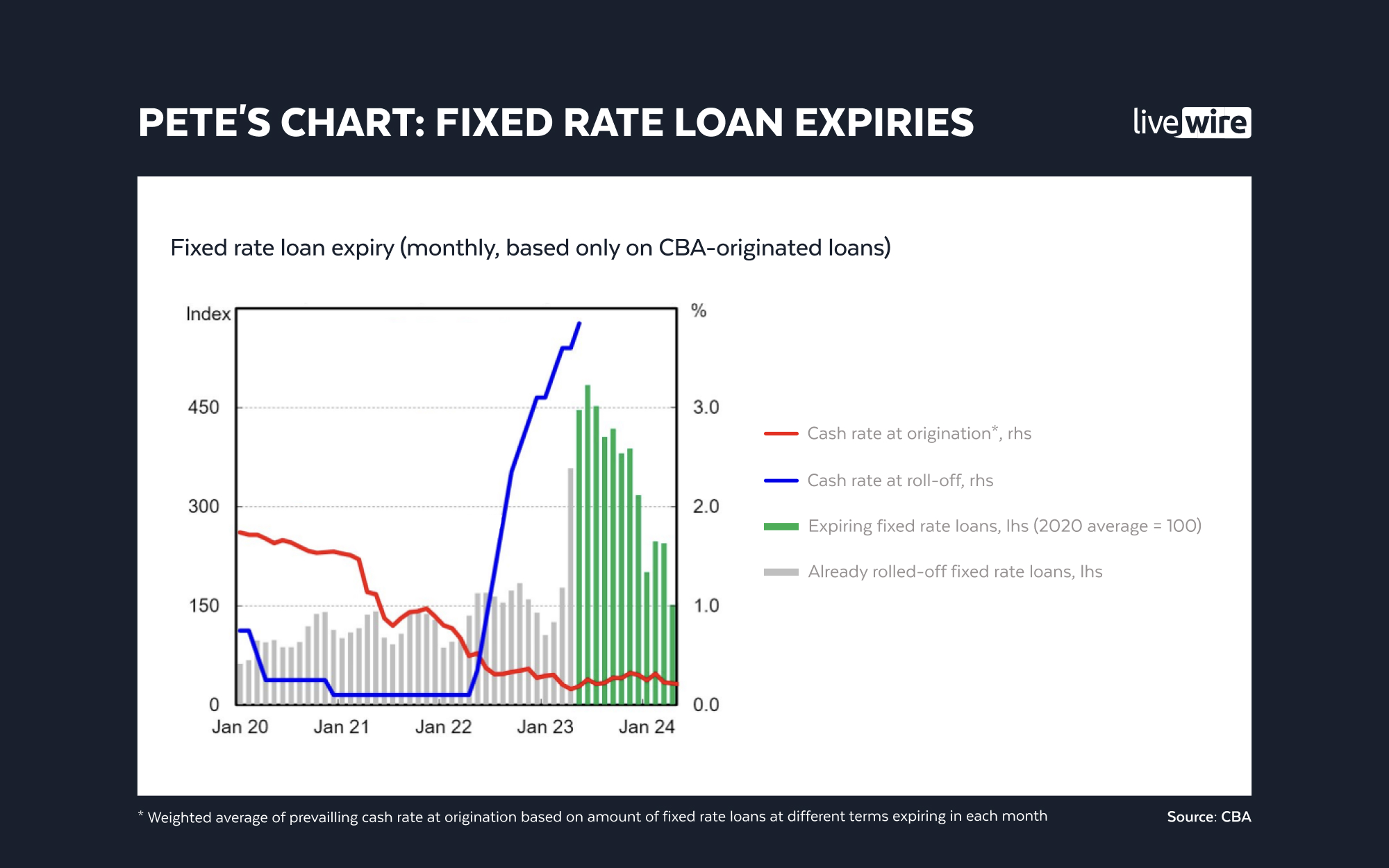The ultimate guide to Australian income investing
No matter your age, market experience, or life goals, one thing every investor loves is a dividend. And with good reason! Australia has a friendly tax structure for those who rely on those dividends for passive income. But after 11 rate rises in an unprecedented year for markets, other investment avenues have come back into vogue.
Bonds are back, thanks to a massive spike in yields across the government and corporate curves. Rental yields continue to go up, thanks primarily to the massive shortage in urban Australia. Even a term deposit can fetch you 5% interest at some financial institutions for just one year's patience.
With so many options available, how can investors harness the powers of an income-oriented strategy? And which assets will pay out the most?
To answer those questions and to mark the start of Livewire's 5th annual Income Series, Signal or Noise is back with its first ever show dedicated to all things income investing.
Joining me and AMP's Diana Mousina are two long-time Livewire contributors:
- Aaron Binsted, a Portfolio Manager in the Lazard Australian Equity team
- Pete Robinson, head of investment strategy at Challenger Investment Management
Note: This episode was taped on Wednesday 31 May 2023.
EDITED SUMMARY
If you had to only invest in one asset for income for the next 12 months, what would it be and why?
Diana: Given yields have spiked so much and given that equity earnings are likely to decline over the next 12 months due to a range of macro factors, she's nominated government bonds as a safe and secure way to make yield.
Aaron: Despite being an equities fund manager, Aaron argues dividend growth is best for those with a long term horizon. For a 12 month horizon, he believes that term deposits are actually a better place to invest.
Pete: Pete is finding opportunities in two places. In the corporate credit markets, there are high yield assets in the public and private markets. A range of ASX-listed investment trusts (LITs) space are also an option given its relative stability and return profile versus cash.
Topic 1: Are the best days for Big Four bank earnings over?
Aaron - SIGNAL: Arguably, the Big Banks' earnings have been in a structural decline since 2015. Dividend payout ratios have remained mostly flat while competition has increased and deposit margins continue to remain under pressure.
Although financials are nearly 30% of the Lazard Defensive Australian Equity Fund, Aaron is finding more value in the insurers than the Big Banks. He nominates Suncorp (ASX: SUN), IAG (ASX: IAG), and QBE Insurance (ASX: QBE) as among the fund's top holdings. He also calls out the "defensive consumer" names as a sector that could increase its dividends over the next 12 months. As an example, he nominates Collins Foods (ASX: CKF).
Pete - SIGNAL: Bigger, more fundamental problems likely lie ahead. For instance, the end of the term funding facility, the headwinds against mortgage rates, and existing pressures on deposit pricing are all issues the Big Four must contend with.
Diana - SIGNAL: In a normal world, banks should be able to pass on those rate rises. But intense competition, negative lending volume growth, and margin pressures mean difficult days lie ahead for the banks. The mortgage wars can only go on for so long.
Topic 2: The renewed fixed income opportunity
Pete - NOISE: Pete does not believe the fixed income opportunity is being taken up seriously enough by Australian investors specifically. The last 15 years have been "weird" to say the least, but things are moving back to a more historical normal now. Bonds are returning to their place as an income payer, an equity market hedge, and a provider of capital stability.
His advice for anyone considering bond exposure is to understand those benefits as well as the different yields that can be made in different parts of the market.
Diana - SIGNAL: Although government bonds have rebounded, Diana suggests that the corporate bond landscape is much pickier. Only the largest companies with strong balanced sheets and recognised reputations (think NASDAQ: AAPL, NASDAQ: META, and NASDAQ: AMZN) will likely fare best in this environment.
Aaron - SIGNAL: Anchoring to the 2010s is not a good idea, in Aaron's view. He argues that the last decade was "weird" given how low yields were. While he doesn't know if we will return to this type of a market environment, he does caution against those who use the last 10 years as a benchmark.
Topic 3: Term deposit rates at highest since 2012
Diana - SIGNAL: In the short term, it's a good source of income especially if you are concerned about a recession.
Aaron - SIGNAL: While a permanently large cash allocation is not a good idea, it is a great diversifier in the short term. The Lazard Defensive Australian Equity Fund currently holds 25% cash.
Pete - NOISE: The rates on offer look good on the surface but some digging will reveal a different story. Term deposits are not cash, and as Pete reminds us, that eliminates the opportunity for optionality in case markets head further south. As a bond money manager, he also notes that the corporate bond yields of these banks are often far more appealing than the term deposits they are offering.
Bonus Topic: The relentless rise in rental yields
Australian home prices rebounded in May for the third month in a row. Conveniently, building approvals collapsed 8% while rents in the ABS' monthly CPI indicator increased by more than 6% in April alone. So how long can the massive rise in rents continue?
"I think Australia has a big problem with housing supply, which is leading to very high rents. Rental yields can remain quite high for a while which is good news for investors, but at the same time, there is a risk of further falls in the capital value of houses," Diana says.
Charts to Watch
Diana's Chart: Equity dividend yields versus bank deposits

Aaron's Chart: Dividend changes over time on the ASX

Pete's Chart: The fixed rate mortgage rolloff

Livewire's annual Income Series starts today and continues for the whole month. You can catch the entire series here.
1 topic
7 stocks mentioned
3 contributors mentioned

